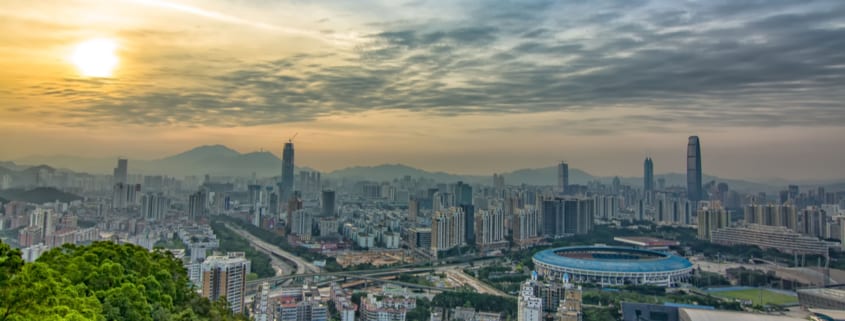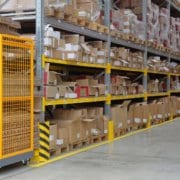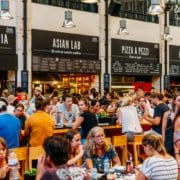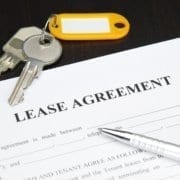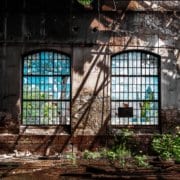Sports Stadiums: Why These Multi-Billion Dollar Facilities Are a Top Tenant for Mixed-Use Urban Developments
Sports stadiums have increasingly become an integral component of a rise in urban, mixed-use developments throughout the United States. In fact, the Sports Business Journal estimates that $12.2 billion in sports construction and renovations have anchored new entertainment developments within the last 20 years. Naturally, stadiums in large cities experience a surge in activity during prime season, but in the off-season these facilities are usually underutilized, making it difficult for venues to maximize their economic benefits year-round.
As stadiums begin to position themselves as desirable destinations to visit throughout the entire year, the frequency of mixed-use developments with stadiums as the anchor will expand. Read ahead to learn why sports stadiums are being recruited as tenants for mixed-use buildings and what this means for the growth of CRE in urban areas.
Urban Redevelopment
Based on patterns in history, sports stadiums have served as a catalyst for urban redevelopment. While stadiums themselves draw large crowds yearly, the area surrounding these stadiums are also responsible for attracting visitors and inspiring people to relocate to the area. As more people move to the urban core, cities are under increased pressure to revitalize downtown areas and to provide entertainment, housing, and office spaces for residents, driving urban redevelopment.
At the core of this urban redevelopment are sports-anchored mixed-use projects. When developing new mixed-use venues, cities are concerned with how they tie into the stadium or arena. The goal for sports-anchored mixed-use developments is typically to create a district that attracts both visitors and customers year-round. Urban redevelopment that occurs near sports stadiums creates an atmosphere that caters to both sports and non-sports fans within the city.
Experiential Developments
The experiential trend in commercial real estate is most commonly associated with the retail sector. However, the growth of mixed-use developments pertaining to sports stadiums has enabled this trend to shift into sports venues as well.
Although urban areas and sports stadiums vary in size, layout, and amenities based on their location, the one detail that is consistent is that people visit these venues to have an experience. Stadiums are now leveraging those insights and taking it a step further, hosting movie theaters, breweries, parks, upscale bars and hotels, and more, right on-site, creating an environment that will entice people to live, work, and play within the area.
Other experiential elements that are being incorporated into sports stadiums include hot spots that support fans’ live streaming and social media posts, direct visual access into the stadiums from the street, and dramatic views. This new style of a more experience-focused stadium enhances the atmosphere associated with the core of major urban cities.
The Future of CRE
In the midst of the placemaking trend, city officials are observing and listening to the people who live, work, and play in sports-stadium districts to better create a space where residents and visitors alike want to be. As a result, more mixed-use development projects with stadiums as the anchor tenants are being pushed. Surrounding these stadiums are often a combination of hotels, offices, apartments, event spaces, and medical centers, which are being incorporated in an attempt to evolve beyond the restaurants, bars, and shops with which that they are normally associated.
Commercial properties including hotels, apartments, and offices are important when seeking to maximize a city’s economic impact. Hotels and apartment units are key for these mixed-use projects because they provide convenience and proximity to the stadium and other the buildings that surround it. In addition, office buildings attract permanent residents, creating a consistent flow of traffic for surrounding businesses.
According to Bisnow, we are in the “golden age” of stadium-anchored mixed-use development. As plans for new professional sports stadium rise, so will plans for developing mixed-use developments to complement them. New sports stadiums or renovations to existing stadiums are positioned to become an important source of growth for the future of CRE.
To learn more about mixed-use developments, read Vacant Malls Create Convenient Mixed-Use Buildings for Adaptive Reuse.

